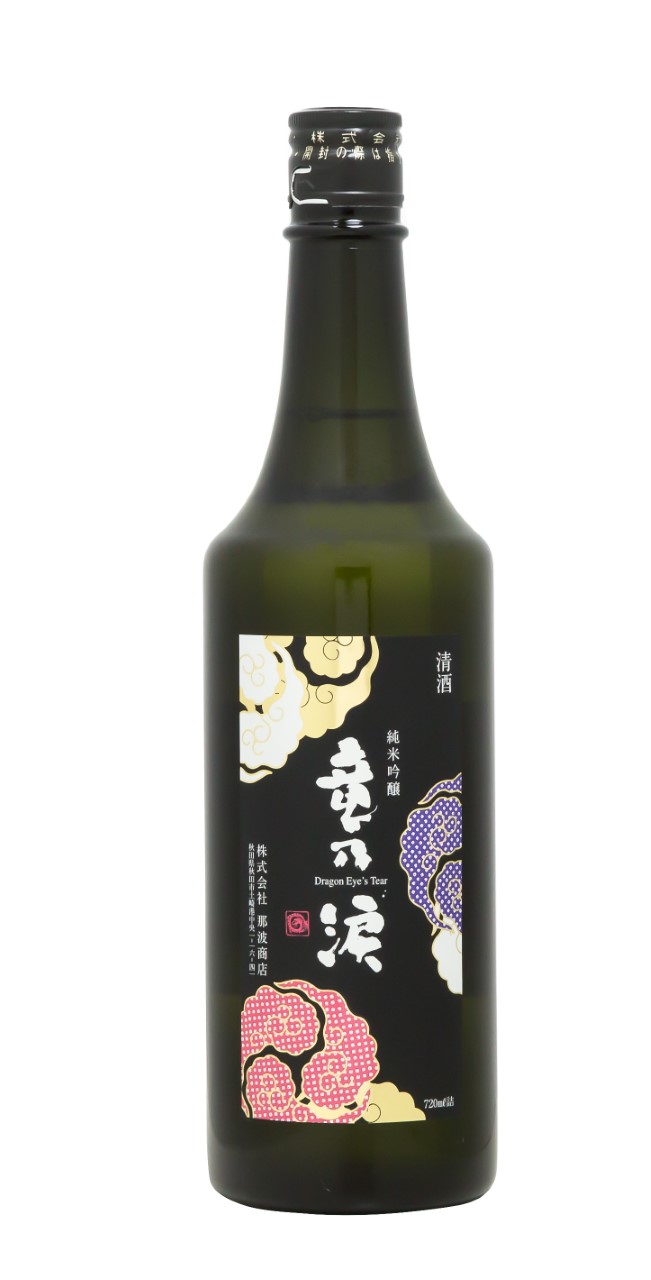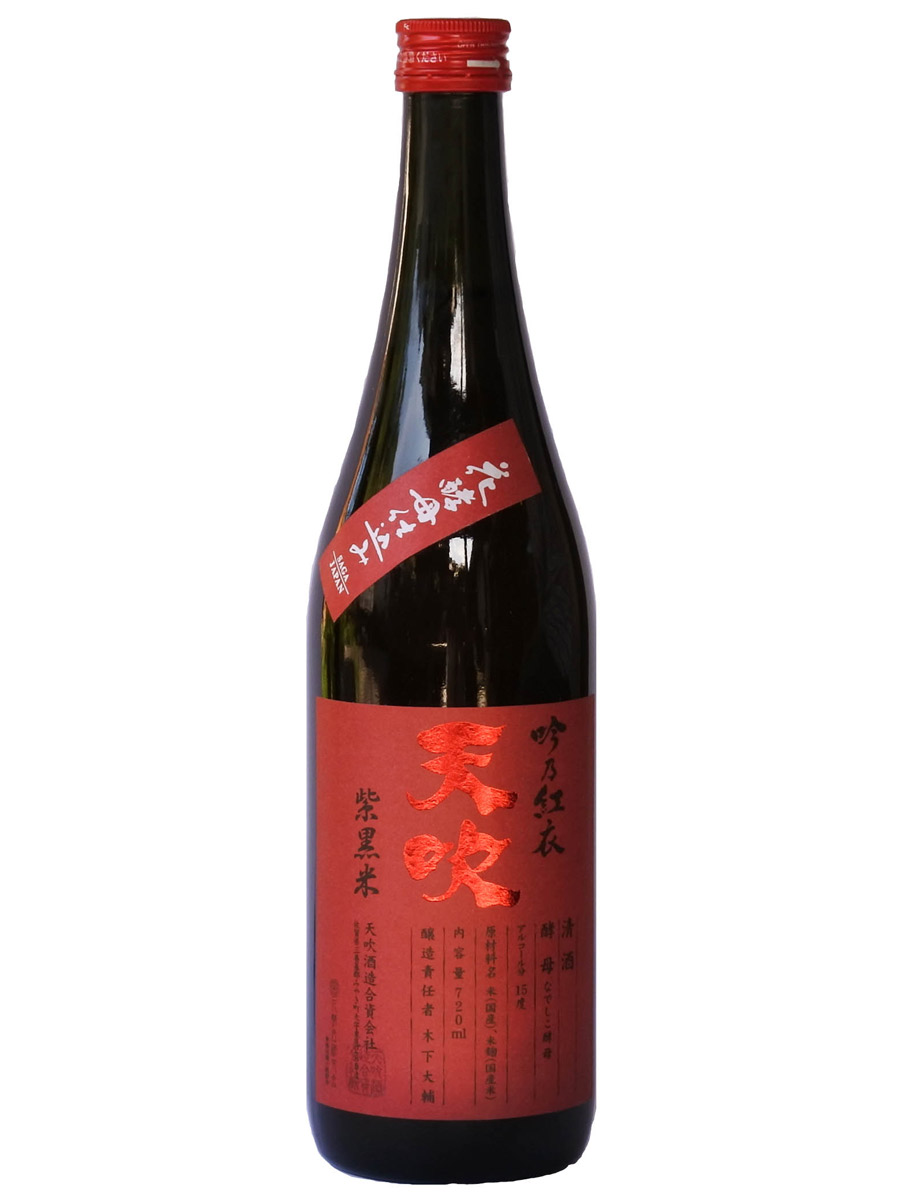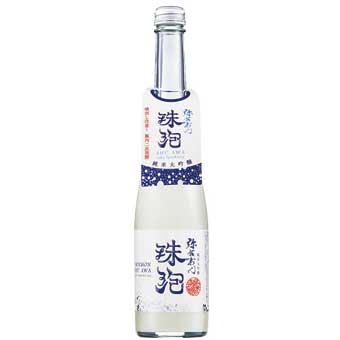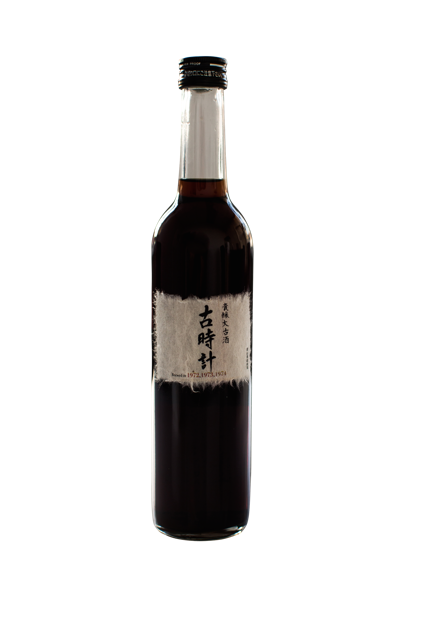The First Sake From Africa?
In recent years sake breweries have popped up across the globe. No longer restricted to the confines of Japan, people are being introduced to sake brewed across almost every continent. Now, in Kampala, Uganda the seeds of the first African sake are being sown…
Hanif Rehemtulla, restaurateur of Yujo Izakaya, a well-known Japanese restaurant/bar in an upmarket area of Kampala, has been a fan of sake for some time. Having read about sake being brewed outside Japan he started to think about the possibility of brewing it too.
Previously, the restaurant had collaborated with a Japanese rice researcher at JICA Uganda, a government funded research institute, to grow Japanese rice on Ugandan farms, with growers supplying the restaurant with Koshihikari and Mochi rice for their dishes. He then tried to think about how Ugandan rice-growers might be able to improve their quality of life and earn a steady income if there were more of a market for this rice.
During a cultural event, the Japanese ambassador to Uganda at the time mentioned “how wonderful it would be to sip on some sake brewed in Uganda, perhaps even from rice grown within the country.” From that point Hanif was “itching to find sake brewed outside of Japan and see if there was any possibility to give this a shot!”. It would be exciting to have fresher sake available to serve to customers, plus if they trained up Ugandans to brew the sake, it could create much-needed local jobs.
After discovering how complicated brewing sake is, and how many Japanese breweries were closing, he was doubtful. But shipping sake across the world (particularly in the current climate crisis) didn’t make sense when there was “rice, Japanese rice even, right here growing a few kilometres away.” It should also make sake more affordable as, due to the way goods are taxed in Uganda: “a decent chunk of the final cost is due to excise and import levies, the latter of which would be cut to zero if the sake was brewed within the borders of the country.” Sake is used so much in Japanese cooking, this would in turn enable costs to be cut for local businesses who make Japanese food.
As this idea grew, Hanif started to read avidly about sake from all over the world. Spotting fellow Canadian compatriot and experienced sake brewer, Brock Bennett on Twitter, he got in touch. Brock was the ideal person to discuss this with, having solid experience in brewing sake both in Japan (interning under the skilled leadership of Yasutaka Daimon, at Daimon Shuzo in Osaka prefecture, later as a Kurabito at the award-winning Tosa Brewing Company in Kochi prefecture brewing the Keigetsu brand) and outside Japan (a “brief stint” at Artisan SakeMaker in Canada and nearly 8 years as Sake Brewer at Europe’s first sake brewery, Nøgne Ø Craft Brewery in Norway). What followed was a 2 year back and forth correspondence culminating in the two collaborating to attempt to make a batch of sake using Ugandan-grown rice.
Brock had been experimenting making sake with various types of table rice from Vietnam, Italy and Greece with some success. After much discussion, Hanif and Brock decided not to use the Ugandan-grown Japonica rice. Instead, they opted for the more easily available, long-grain Ugandan ‘Super Rice’ which looked as if it had potential with its low protein and good amylopectin content. The rice couldn’t be polished down as sake rice generally is because the rice polishing machines used in Japan are expensive. Ugandan rice whitening machines are used to remove the very outer parts of the rice to turn it from brown to white, but are not able to polish the rice down further.
This choice made brewing tricky, as Brock explains: “its polishing rate (seimaibuai) was around 90%. Almost all the rice I brewed with professionally was under 70%. Rice with a high seimaibuai doesn’t tend to absorb water well, so it’s difficult to get a well-steamed rice with good starch conversion. Less-polished rice also has much higher levels of proteins, fats, and minerals which tend to cause rough flavours and aromas.” So, Brock put a lot of thought into how to maintain the fresh floral and fruity flavours.
Brock and Hanif came up with a complicated plan to brew an initial batch of sake in Norway, using equipment Brock had access to, with Ugandan rice brought over by a friend of Hanif’s, to see if it could work. These sakes were later transported back to Kampala by Hanif’s wife and tasted by a panel of experts familiar with the local market.
I hadn’t known what to expect when I tried the sake, but the results were impressive and certainly a cut above the samples I have tried previously when breweries have been starting out. This probably shouldn’t have been a surprise when you consider Brock’s comparative experience, including using experimental techniques and having to think outside the box, having brewed sake without the equipment available in Japan.
The sakes were all unpasteurised (namazake) to maintain their fruity, fresh character, with high acidity, quite bold flavours and a deep colour. Brock made namazake, nigorizake and sparkling sake, but the standout was a Genshu namazake. Its tropical fruit flavours and relatively high alcohol percentage are likely to appeal to the local, middle class Ugandan market who generally prefer sweeter styles of drink, with higher alcohol being perceived as better value for money.
So what next? The plan is to, hopefully, continue experimenting, making batches of sake using Ugandan Super Rice, sticking to the styles already made, focusing on maintaining the fresh tastes and aromas.
There are potential issues with making the sake in Uganda, as Hanif acknowledges: “It’s quite hot in Kampala (sake is generally brewed at low temperatures), but we have some ideas on a subterranean brew space and the possibility of setting up somewhere with a higher altitude and better water. Reliable electricity is generally an issue both inside the city and out, so we’d need a standby generator or a bunch of solar panels using the sun’s energy to keep things cool in the brew space.”
Hanif’s enthusiasm is infectious, but he’s not naive: “I think it would be fun to take this to the next stage, though I think patience and caution are key given the current global economic environment.” The idea is to start small, “tiny”. But there seems to be a real potential market “I see a couple of immediate opportunities in terms of clientele: restaurants to use in their kitchens for sauces and as table sake. This lower cost option could drive the use of sake in East Africa and get people in the region to know the taste and what it goes well with. The next would be to bottle the delicate creations and also offer unpasteurised sake on tap, within the restaurant so people can really experience the incredible aromas and true flavours of sake, as it is meant to be.”
Who knows what the future holds for sake brewing in Uganda? But I, for one, intend to be at the front of the queue to buy a bottle should Hanif and Brock’s dream of making Ugandan sake come true.
Tasting of the Ugandan rice sake at Yamasen, Kampala. Photo Credit: Muhammad Ali Kanch (kanchuwithacamera on Instagram and Facebook)













